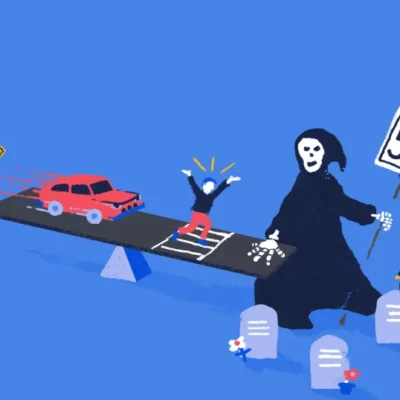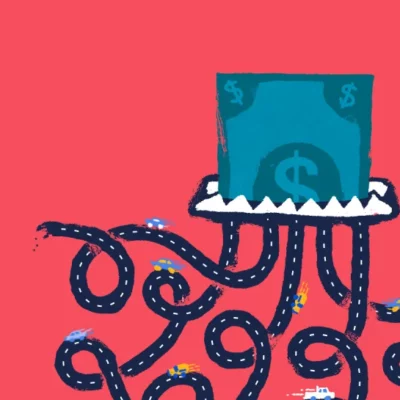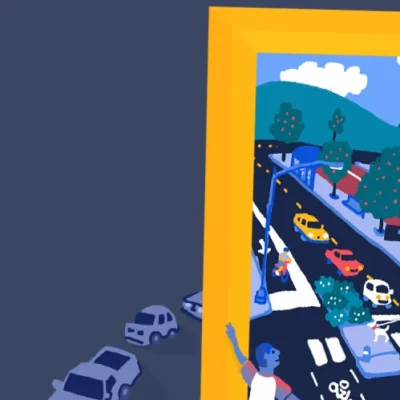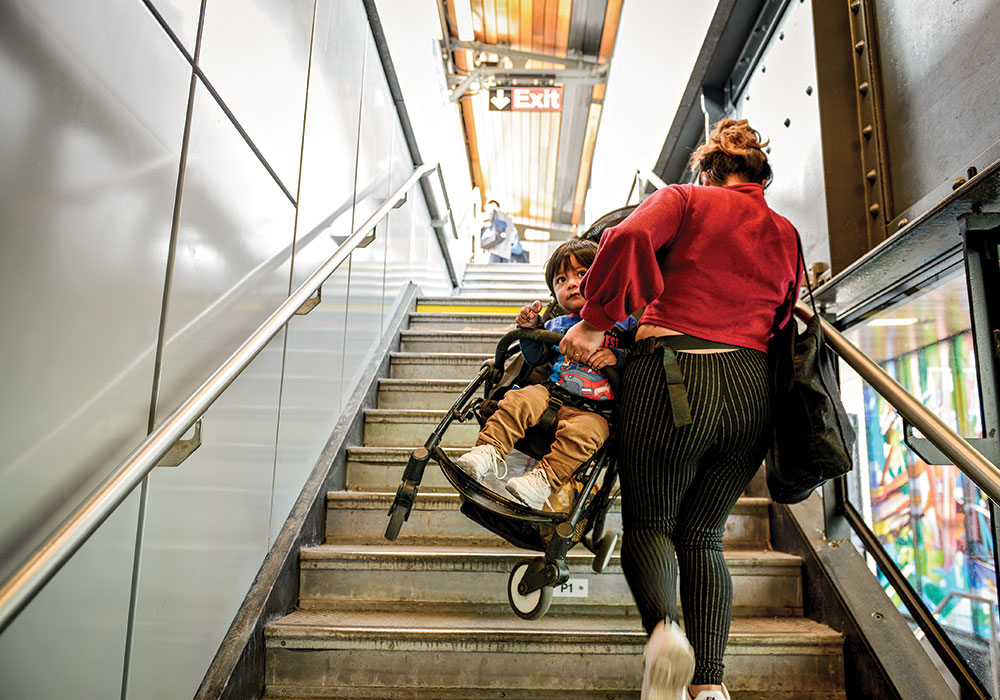
Senate Republicans’ small funding proposal is a roadmap to nowhere
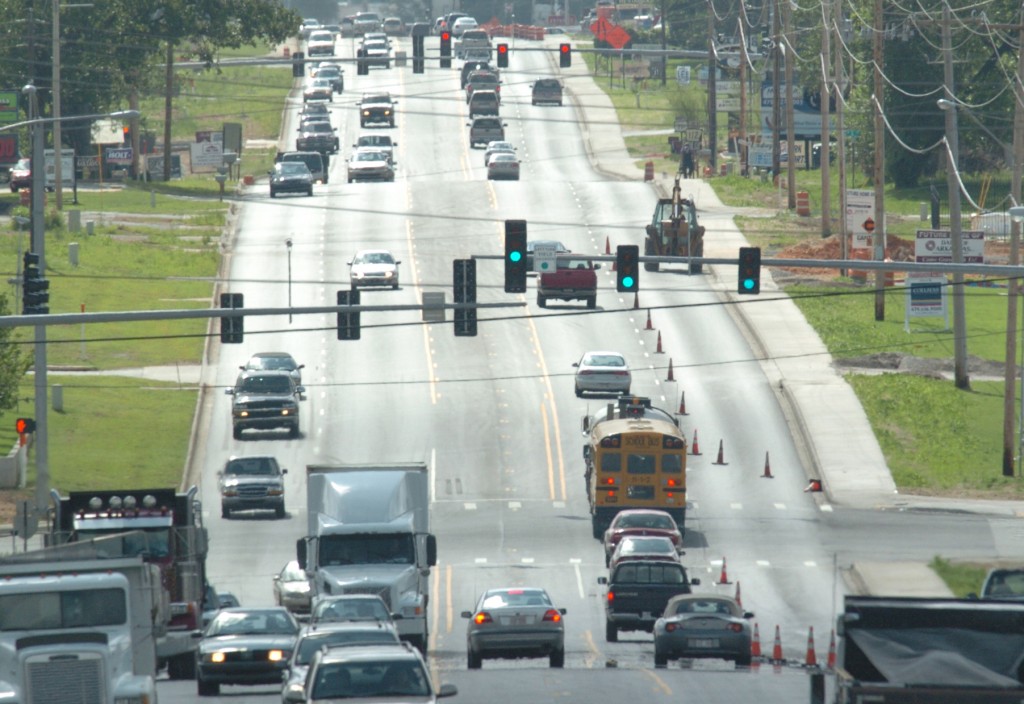
Last week, Senate Republicans released an infrastructure proposal in response to President Biden’s American Jobs Plan. Not only did Republicans cut public transit funding by $7 billion, but they missed the mark on the policy, pumping billions into the existing—and broken—federal transportation program. Here’s our take.

The pun in the headline is intended. Last week, Senate Republicans released a $586 billion “framework to improve the nation’s infrastructure” called the “Republican Roadmap.” As our director Beth Osborne noted, last Congress, the House passed legislation to fund all surface transportation programs at $494 billion over five years and the Senate passed $287 billion for highways alone. Considering that, this is quite a modest bump in funding.
But this is not our focus. Other people will talk more about the amount of money in this proposal, while to us, the money doesn’t matter as much as the policy. And Republicans got the policy wrong by seemingly failing to change anything about it, pumping billions into making our transportation problems worse—while severely cutting transit funding.
Even though we like the broad strokes released by the Biden administration on its infrastructure proposal—which we covered in-depth here—we’re not committed until we see the details. But we’re not even excited about the Republicans’ blurbs. Here’s our take.
Less public transit and passenger rail funding and no policy change
The Republican proposal provides substantially less transit and passenger rail funding than the Biden administration proposal, offering $61 billion and $20 billion respectively where President Biden proposed $85 billion and $80 billion. Even worse, Republicans included annual federal transportation funding in their $586 billion proposal, and ultimately cut public transit funding by $7 billion.
Yet the problem is not funding. If the money was being proposed to better purposes, we would support less funding. But here, Republicans propose to cut transit and pump $299 billion for roads and bridges in the same way we always have—the way that has produced unsafe roads especially for low income people and Black, indigenous, and other people of color; a huge maintenance backlog; ever-increasing congestion; and lack of access to economic opportunity without multiple cars per household.
Worse still, these funds only support maintenance and capital projects, not operating costs that would enable transit agencies to run more frequent buses and trains. (Some senators criticized this at last week’s Banking hearing.)
Another warning sign in the Republicans’ proposal is the emphasis on “partner[ing] with spending from state and local governments.” Currently, the federal transportation program limits federal transit funding from covering no more than 50 percent of a project’s cost, though 40 percent has been more common in recent years—while highway funding can cover up to 80 percent of a project’s cost—even 90 percent in some limited cases—forcing states and local governments to choose between costly transit projects and virtually free highway projects.
Fees for electric vehicles, but no change to the gas tax
In this proposal, Senate Republicans are ready and willing to levy user fees on electric vehicles in order to raise revenue for the highway trust fund. This fund is currently filled by another user fee—the gas tax—even though the gas tax is no longer able to cover trust fund expenditures on its own, requiring increasingly large influxes of general funds to stay afloat. This is because increasing fuel efficiency means that drivers are using less gas and because the gas tax hasn’t been raised since 1993, despite inflation.
We believe that both electric vehicles (EVs) and internal combustion engine vehicles should pay into the highway trust fund. But we don’t see the value of levying a tax on electric vehicles while failing to raise the gas tax.
In addition, there’s no funding in this proposal for charging infrastructure that supports electric vehicle deployment. Without widespread charging infrastructure across the country—something members of our new coalition, CHARGE, know is critical to getting more EVs on the road—we don’t even raise much revenue from an EV user fee.
No focus on maintenance or safety
Republicans propose spending $299 billion on roads and bridges, but wouldn’t require that states use those funds on maintenance. As we found in our report Repair Priorities, states still spend just as much on expansion as repair—states spent $21.4 billion on average on road repair annually and $21.3 billion annually on road expansion between 2009-2014 even as road conditions continued to deteriorate. That’s because the federal government doesn’t require states to spend their highway funding on maintenance before expansion—and the Republican proposal wouldn’t do so either.
This past year has been particularly deadly on American roads, with deaths increasing by 24 percent despite fewer miles driven, according to the National Safety Council. Yet the Republican Roadmap doesn’t include any funding for street design changes that would improve safety. It merely proposes $13 billion for federal agencies focused mostly on design to protect vehicle occupants and convincing pedestrians to wear neon when they cross the street.
Credit is not real money
Anyone who’s ever swiped a Visa knows that credit is (sadly) not real money. Yet Republicans try to pass credit off as real bucks in this proposal, noting that federal funding should encourage “the utilization of financing tools.”
When “financing tools” get mentioned, they’re rarely for highway projects, which the federal government usually covers for states almost in full. They are for transit and rail projects, signaling that investing in transit and rail is not a priority by making states and local governments pay for them by themselves.
Also, as Center for American Progress infrastructure expert Kevin DeGood pointed out in this expertly-crafted Twitter thread, “creative financing” doesn’t make a project cost less, and the hurdle to infrastructure projects isn’t lack of access to credit, but lack of revenue.
No new vision for the transportation program—just the broken status quo
The Republican Roadmap is heavy with goals, arguing that this funding will improve quality of life, boost our economy, help us weather natural disasters, and more.
But as we’ve learned through decades of the same-old federal transportation program and the 2009 Recovery Act, you don’t get different outcomes by doing nothing differently. We can’t hope that more money will solve our problems if we don’t change how we spend that money.
The current federal transportation program is broken. It pumps billions into highway expansions that make congestion, emissions, safety, and equitable access to the economy worse. So why don’t we change the program to deliver the outcomes we want?
